There is a beautiful lilac bush just across the road from our house in a large vacant lot followed by meadowland that goes down to the Loire. Our rainwater flows into the vacant lot so Jean Michel keeps the area free of brambles and nettles. He has also cleared a parking space next to it. The lilac bush is on the left.
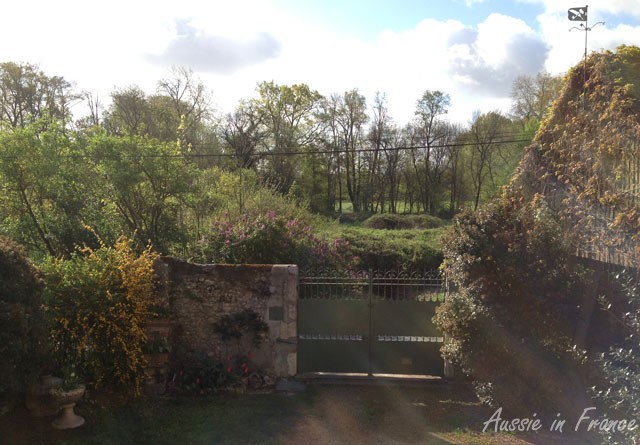
The weather is lovely and we’re having our tea in the garden, making the most of the spring flowers. Jean Michel suddenly gets up and says, “More people cutting the lilac”. He opens the gate, sees an elderly lady and a young man and says “Hello. I would really appreciate it if you could cut the lilac from the back of the bush and not the front. That way, everyone can appreciate it.”
The lady looks surprised. “Ah”, she says, “but figurez-vous (which means something like believe it or not), the lilac was planted by my father. I used to live in this house”. “Well”, we say, “that’s quite different”. “Won’t you come in”, I add, trying not to seem too excited, “I have lots of questions to ask you”.
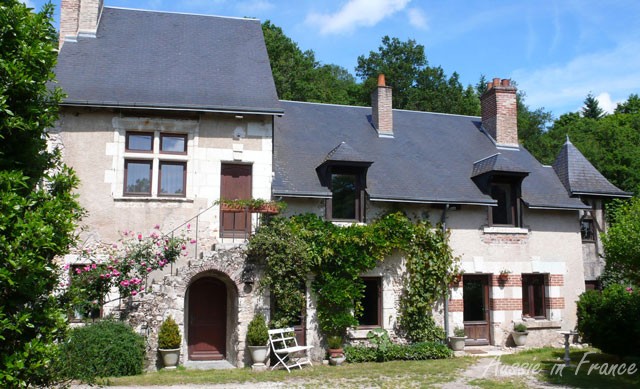
The lady is loquacious, to say the least, while her 30-year old son is more reserved. She explains how the garden and the house were divided into two. There was a stone wall separating the garden starting at the drain pipe on the left of the last door on the right and ending where my planters are now. She and her parents and six siblings lived in the left half.

Downstairs, the room corresponding to the archway on the left was a combined living room and kitchen with a bathroom behind and the boys’ bedroom was on the right. I learn, to my disappointment, that the stone sink and bench, which I thought were original features of the house, were added by the people who began restoring the house before our previous owners bought it.
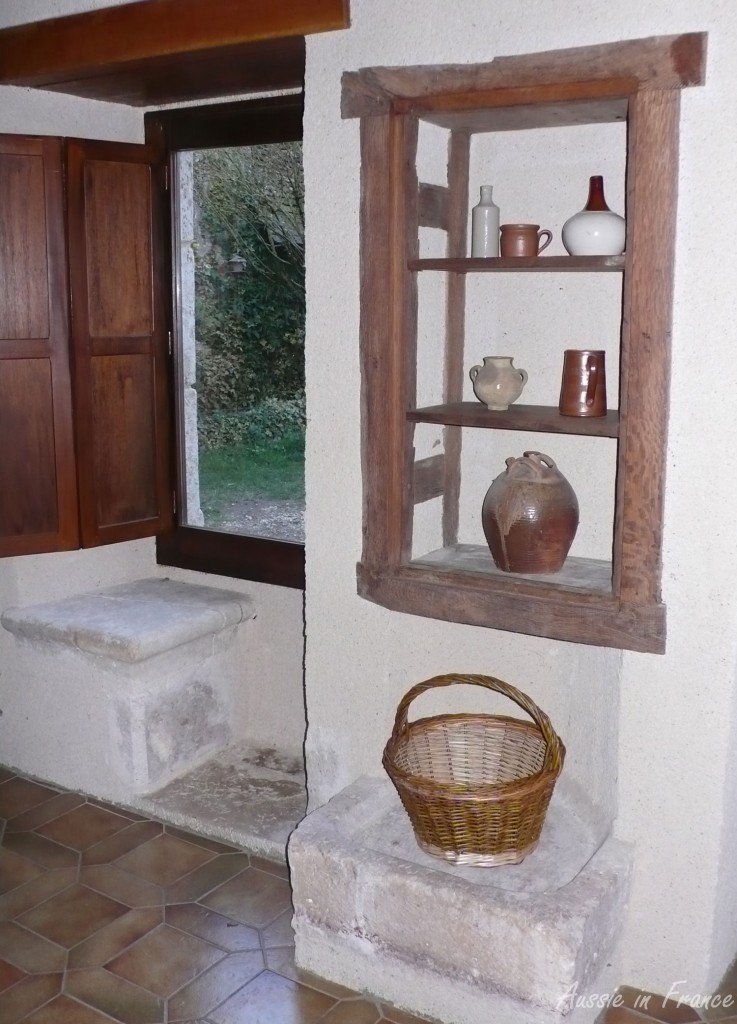
Upstairs, where she loved to sit and read, were the other bedrooms. Her father was a bricklayer and had a large vegetable garden in the vacant alotment across the road. She tells us that she had the most wonderful parents imaginable, that the house was always full of people and that at Christmas, they had parties where everyone sang and danced until 6 o’clock in the morning.
“I call it la Maison du bonheur (the house of happiness)”, she says. She now lives in a flat in Blois, overlooking the Loire, “because”, she explains, “I love the Loire almost as much as this house. There used to be a sandy beach on the edge of the river and we used to love going there to play and sunbake.”
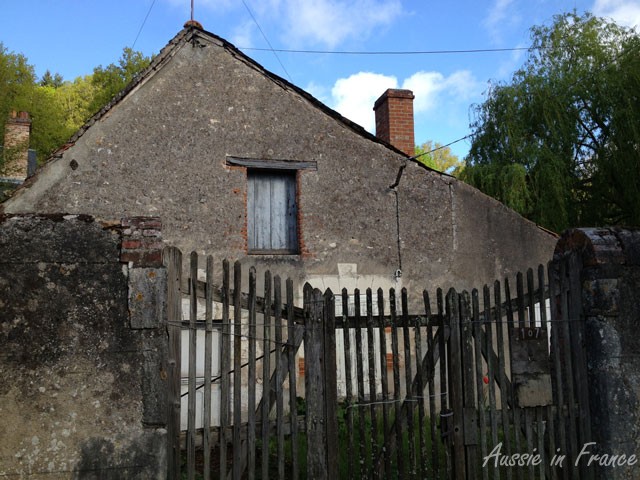
But the children grew up and married and the house was too big for her parents so they moved to the little house next door. Her son explains that his grandparents used to look after him during the day and he went to the school down the road, which is now closed. Now in his early thirties, he confesses that it has always been his dream to buy the house one day.
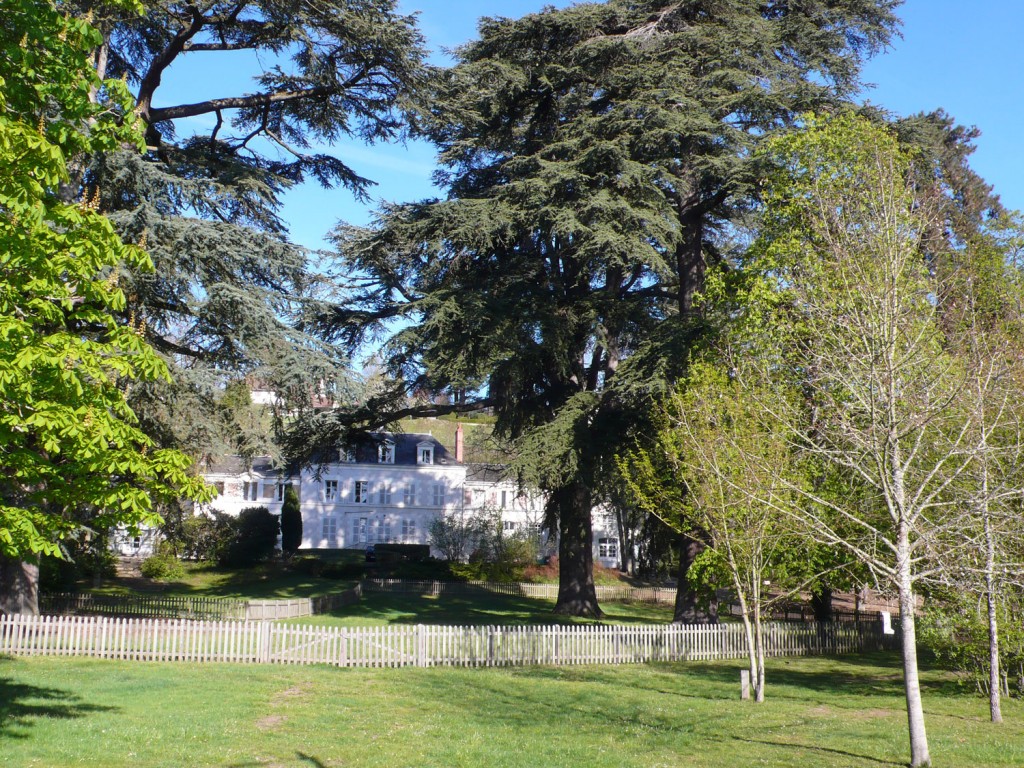
Their nostaglia is palpable. The little old lady talks non-stop and is obviously delighted to be able to share her memories with us and not at all interested in seeing the inside of the house which she doesn’t recognise. She is obviously disorientated so we go outside again. In response to something she says, I ask her how old she is. She looks a little surprised and replies 64.
I try not to look as shocked as I feel. I would have said she was 80! I think about it later and I finally come to the conclusion that her nostalgia for the past has prevented her from entering the modern world. She looks the age her mother would have had.
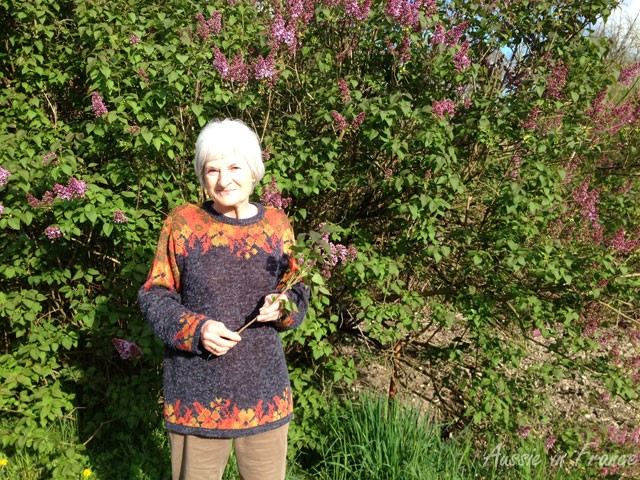
Jean Michel takes his secateurs and cuts her a huge bouquet of lilac from behind the bush this time. She promises to come back again at the end of the year after we’ve moved here for good to show us her old black and white photos of the inside of the house. We promise in the meantime to make the most of our House of Happiness.



